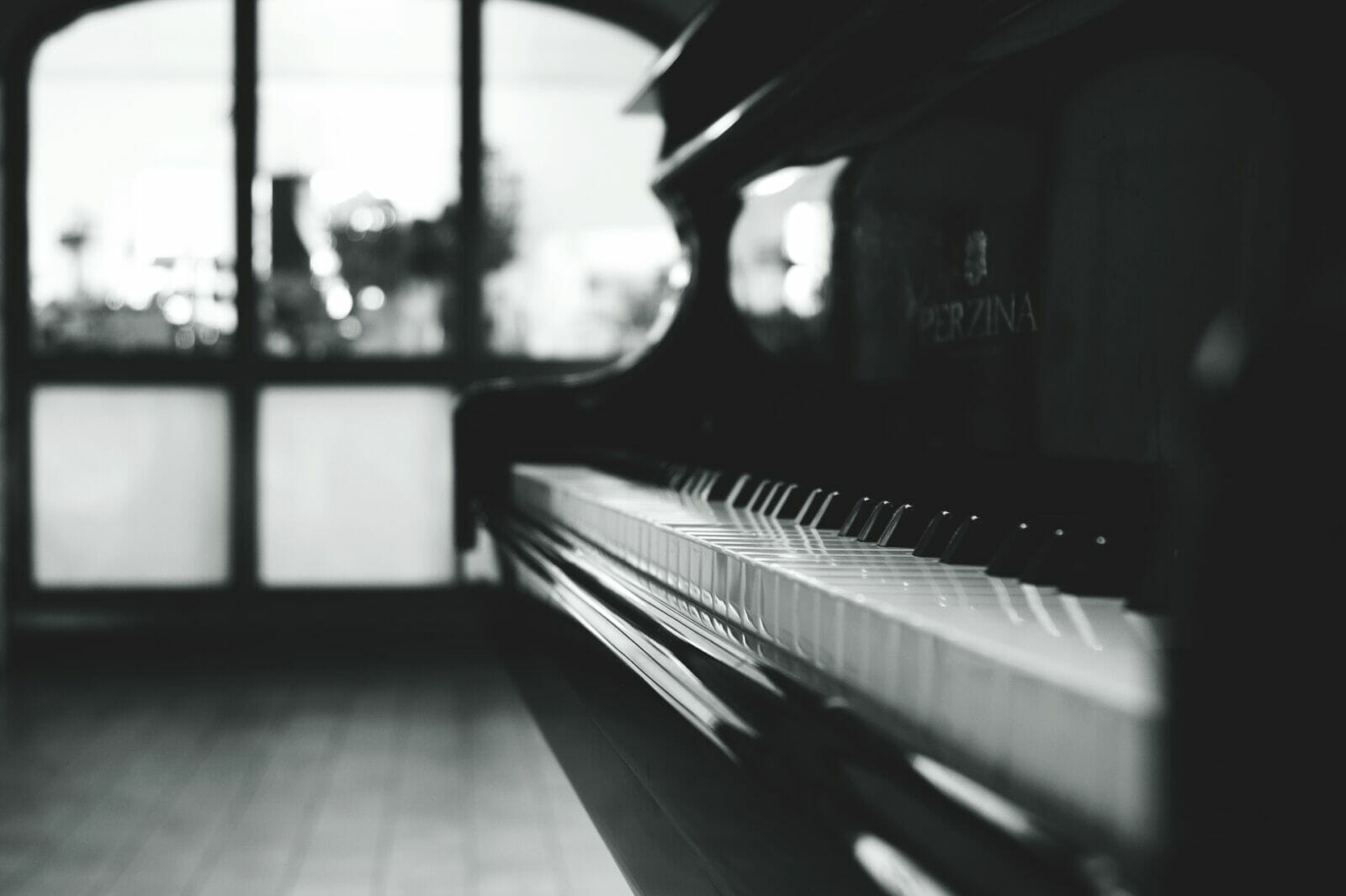Used pianos can still produce beautiful music with the proper care. Don’t let a lack of knowledge about piano maintenance lead you to replace your used instrument prematurely. Even an older piano can continue performing beautifully with basic cleaning and consistent care.
With some simple cleaning techniques and regular maintenance, you can keep your used piano in good working order for years to come. This post will provide helpful tips for cleaning, adjusting, and maintaining an older piano. Learning how to properly care for your used instrument will allow you to enjoy it for much longer and avoid the costs of premature replacement.
The Importance of Regular Cleaning
Regular cleaning is critical for keeping your used piano performing at its best. Dust buildup inside the piano can hinder its performance and longevity by dampening the soundboard’s vibrations and clogging moving parts. Smudges and debris on the exterior and keys can also make the keys stick and affect playability. Thorough cleanings improve tone quality by allowing the soundboard to vibrate more freely. Cleaning also removes any abrasive particles that could otherwise damage the piano’s delicate moving parts over time. In addition, it prevents corrosion on metal components, sticking keys, and sluggish pedal action. Lastly, keeping your piano clean makes it more visually appealing for performances and practice sessions. Even an older used piano from a music shop San Jose can benefit immensely from regular cleanings.
Supplies for Cleaning Your Piano
You don’t need fancy cleaners to keep your piano in shape. Basic supplies like a soft cloth, toothbrush, vacuum crevice tool, isopropyl alcohol, distilled water, pipe cleaners, cotton swabs, compressed air, and a mini dusting wand will do the trick. Piano polish and a key cleaner specially formulated for pianos are also very useful. Have a tuning lever on hand to easily remove the keys for cleaning. Use a mute to protect the strings when vacuuming around them. Other handy items include a lint roller to clean felt, a magnifying glass to see small debris, a flashlight to illuminate dark interior areas, gloves to protect hands from grime, drop cloths to avoid messes, and a tuning hammer to make minor repairs. Get a hygrometer to monitor humidity levels and tools like a humidifier or dehumidifier to regulate moisture around the piano. With these simple supplies assembled in advance, you’ll be fully prepared to thoroughly yet safely clean your used piano on a regular basis.
Cleaning the Exterior
Regular external cleaning will keep your piano looking great. Wipe down all exterior surfaces with a soft cloth lightly dampened with piano polish. Use compressed air or a mini dusting wand to clean hard-to-reach areas between carvings and crevices. Gently vacuum the keyboard, pedals, and bench using the crevice tool attachment. Remove the keys with a tuning lever, then clean each key individually with cotton swabs and isopropyl alcohol. Use an old toothbrush and alcohol to scrub away debris from key bottoms. Clean between the keys with pipe cleaners. Wipe down the music stand, inner lid surface, and pedal rods. A thorough external cleaning clears away debris, restores shine, and prevents the buildup of particles that could affect playability.
Cleaning the Interior
Cleaning inside your piano requires special care but preserves sound quality. Place a damp cloth on the strings then play a few notes to collect interior dust. Use the vacuum crevice tool to clean accessible interior sections. Carefully use a toothbrush dipped in isopropyl alcohol to clean wood parts inside, avoiding contact with felts or delicate mechanisms. Lightly dust the soundboard with a very soft brush to avoid damage. Clean felt with a lint roller or gently with masking tape wrapped sticky-side out around your fingers. Use cotton swabs to gently clean tight spaces like the pin block. Take great care around fragile interior parts like tuning pins, dampers, or hammer felts. Thorough yet gentle interior cleaning removes dust buildup that can impede tone production and allows the soundboard to vibrate freely.
Caring for Your Piano Between Cleanings
Proper ongoing care keeps your piano performing well between deep cleanings. Keep it away from direct sunlight and heaters that can damage the wood and dry out the soundboard. Maintain 40-50% relative humidity using a room humidifier. This prevents cracking or warping of the wood. Cover the piano with a quality dust cover when not in use to reduce dust buildup. Dust covers are inexpensive and will save you time on cleaning. Periodically check key alignment and get regular tunings – plan for professional tuning at least annually. Out-of-tune pianos sound poor and can lead to unnecessary repairs. Adjust the bench height so you can play with good posture, keeping your wrists level with the keys. Use high-quality lubricants specifically designed for pianos on moving parts like hinges. Avoid regular household oils. Contact a qualified piano technician, not just any handyman, for any major repairs needed. With vigilant care between deep cleanings, your piano will maintain excellent tone and playability for years.
Conclusion
In conclusion, with some simple cleaning techniques like regular dusting, wiping, vacuuming, and polishing, along with consistent preventative care, you can keep your used piano sounding great and extend its life significantly. Just a little regular effort to keep your piano clean and maintained goes a long way in maximizing your investment and allowing your used piano to continue producing beautiful music for many years to come. Don’t let lacking piano maintenance knowledge lead you to prematurely replace your used instrument. With the proper basic cleaning supplies and by following these piano care tips, you can care for your used piano with ease. Making piano care an ongoing habit will enhance your playing experience and allow you to enjoy your used piano for much longer.




